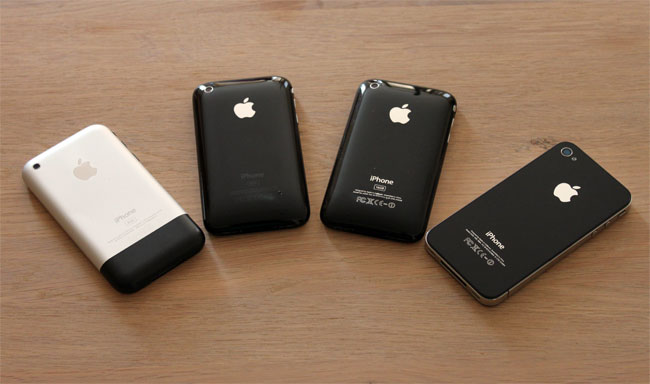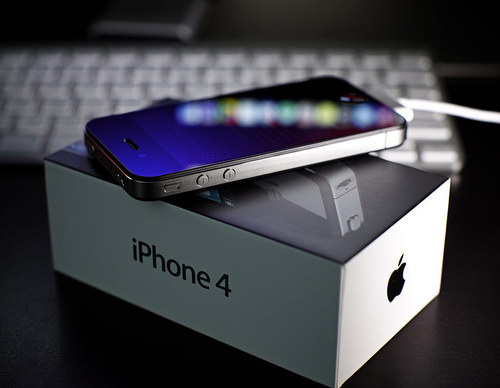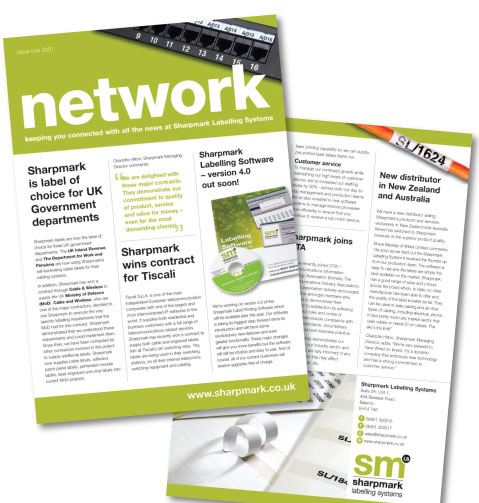As the genius Steve Jobs finishes his chapter questions arises on whats gonna happen to our favourite Apple… well nothing much its gonna make more products and keep making them as long people would love them adore them and buy them.
Speaking about new products everybody was anxiously waiting for Iphone 5 and what people got was the iPhone 4S a higher and a better version of the best iPhone ever iPhone 4( its gonna get better as time passes). Apple sent out numerous invitations to members of major media outlets for a media event that was scheduled for October 4th. Tim Cook, the Chief Executive of Apple, lead the meeting. The invitations were sent out with the headline “Let’s talk iPhone” so we knew there would be some major next-generation iPhone discussion set to happen.. this step by Apple let everyone believe that iPhone 5 is not too far from reach but alas that did not happen.
Ever realised the iPhone is the only Phone one whose model numbers are so simple. 2g, 3g, 4, now 4s n then 5….Who gave these numbers to the iPhone.. Steve, Apple Inc or lets just say Bloggers, people talking technology, or it can be you or me. when the first iPhone came out it was called “iPhone” it was not given any number. lets be fair and say it was the 1st generation iPhone and usually 1st generations do not have numerical value associated to it. Then came iPhone 3G, why 3G because it was 3G enabled. the 1st one was not. then comes the 3Gs a faster version of 3G. the ‘s’ in the 3Gs stands for speed. I personally thought it was for Superior. the 3Gs was not different from the 3G at all well except for the speed and other minor thing like the camera and video recording. Surprising after all this the 1st generation iPhone got a number calling it 2G.
 Now comes the numbers game. Gizmodo the gadget website had released a report saying they had purchased an iPhone prototype for $5000, and furthermore, had conducted a product tear down of the device. a prototype reported to be lost by a Apple employee, Now when Gizmodo found this phone did it come with a box saying it was iPhone 4.. NO OBVIOUSLY NOT.. the number was just an assumption which everyone did when they knew there was another one due soon… Apple did a clever thing of keeping the name whatever people thought of assumed it to be after all the phone was a success even before it was out.
Now comes the numbers game. Gizmodo the gadget website had released a report saying they had purchased an iPhone prototype for $5000, and furthermore, had conducted a product tear down of the device. a prototype reported to be lost by a Apple employee, Now when Gizmodo found this phone did it come with a box saying it was iPhone 4.. NO OBVIOUSLY NOT.. the number was just an assumption which everyone did when they knew there was another one due soon… Apple did a clever thing of keeping the name whatever people thought of assumed it to be after all the phone was a success even before it was out.
Similarly there was a hype about iPhone 5 but very few thought about iPhone 4s.. the is very good move by Apple but not letting the target market think they are predictable which they would be if the Iphone 5 was out.
I personally think that the further models would not have a particular number associated to it but will have a feature based or a technology based name, After all iPhone was just a name for a particular model of mobile phone it was not the company name like its other counterparts. but again I am no one who would comment but just another iPhone lover and its target market.
I would like to finish this post by paying tribute to the Genius Steve Jobs by this quote
“Chairman Steve Jobs introduced numerous revolutionary changes to the information technology industry and was a great entrepreneur. His innovative spirit and remarkable accomplishments will forever be remembered by people around the world.”
-Samsung CEO Choi Gee-sung-











